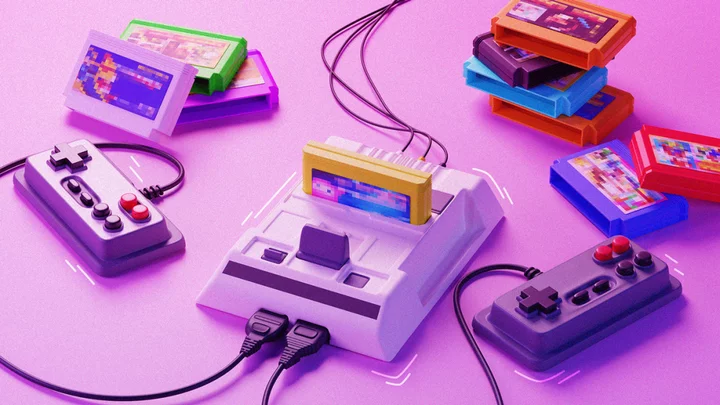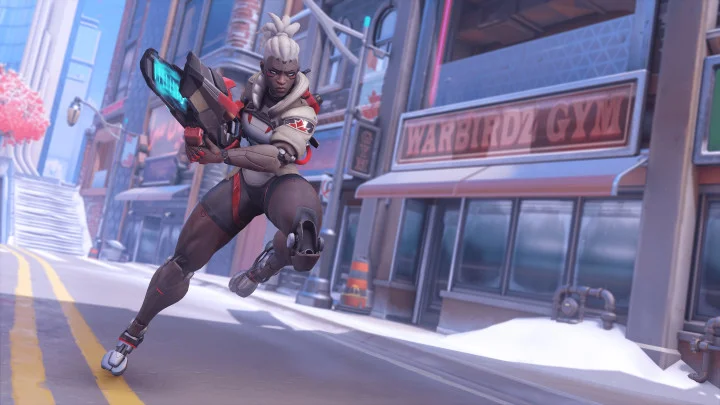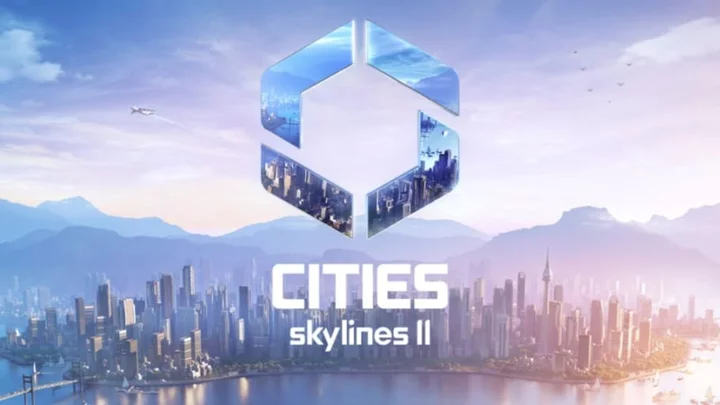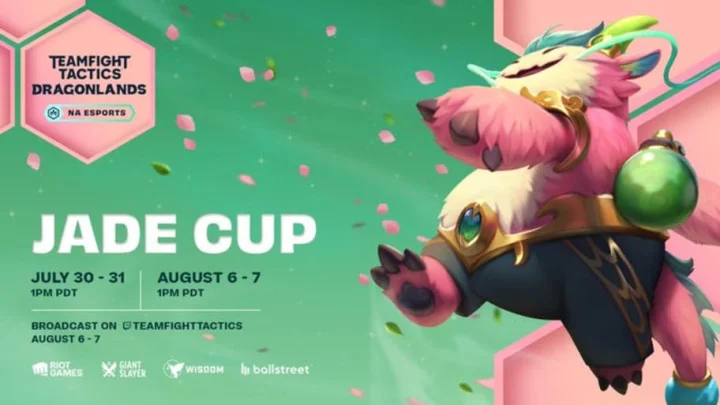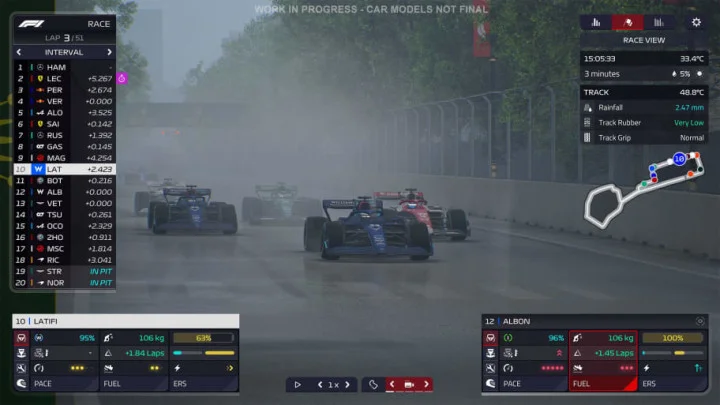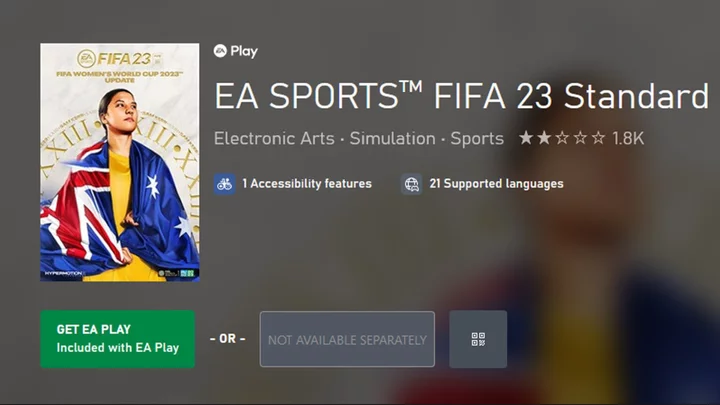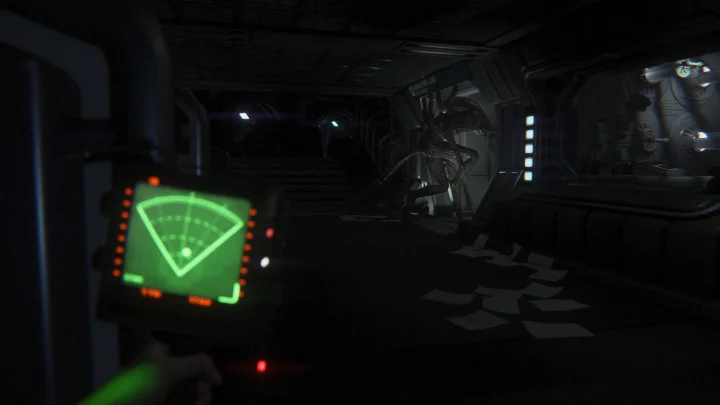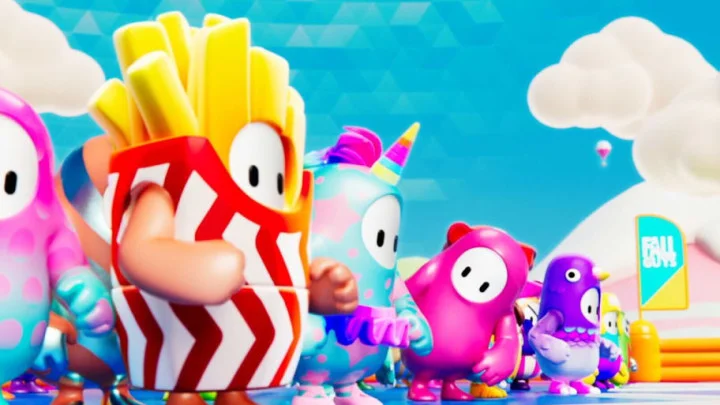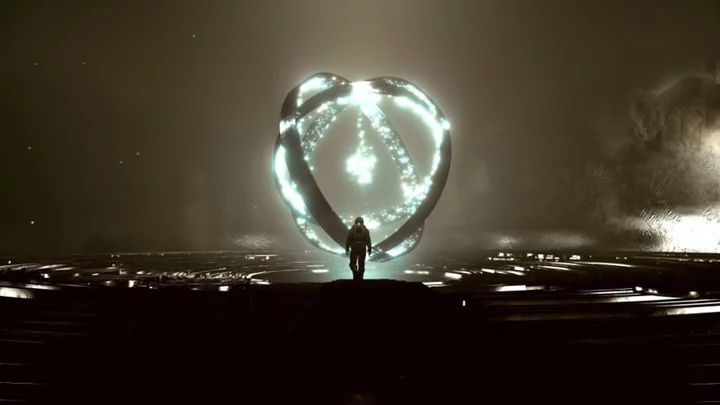Classic console gaming is hard to preserve. Cartridges are their own unique media that you can't read without specialized hardware, and they account for the majority of console games made before 1996. Even for consoles that use optical discs, you can't easily play them on modern systems.
For example, Xbox Series X and Series S have a solid list of backward compatibility for Xbox and Xbox 360 games, but it isn't complete. Likewise, the PlayStation 5 is backward compatible with PS4 games (and has some PS2 and PS3 classics available digitally), but it can't play disc-based PS1, PS2, or PS3 titles. Nintendo has completely given up on optical discs with the Switch, but there are many PC, indie, and arcade classics in the Nintendo Switch eShop, and several dozen Game Boy, Game Boy Advance, NES, N64, Sega Genesis, and SNES games included with Nintendo Switch Online and its Expansion Pass.
Depending on the game and system, you might find it simple or difficult to play your favorite retro title. Don't fret; we'll walk you through the necessary steps to fire up old favorites.
The Legend of Zelda: Skyward Sword on Dolphin1. Emulation on PC (and Raspberry Pi)
Let's be honest here: There's a big part of retro gaming that we can't completely and directly address. There are emulators for nearly any computer or game hardware made between 1970 and 2000, and that includes game consoles. If you have a PC, it can act like a hundred different systems.
Emulators are particularly good for playing older console games on a modern screen, thanks to powerful upscaling and upconverting tools. Emulators for systems with 2D graphics can pump up the pixel size while keeping everything sharp; emulators for systems with 3D graphics can increase the resolution to deliver a much more crisp picture (though it won't necessarily improve low-resolution textures on those higher-resolution 3D models). The GameCube and Wii emulator Dolphin are particularly good examples, as they're able to make many games look and run better emulated than their Switch ports.
RetroArch is one of the most comprehensive emulation platforms. It's a flexible frontend that lets you pick and choose across hundreds of different consoles and computers for emulation, with multiple cores for each system. It also can be installed on virtually any piece of hardware, from computers to tablets to game consoles.
RetroArchMost emulators have versions for non-Windows devices like the Raspberry Pi. In fact, you can make a Raspberry Pi into an all-in-one retro game system using the RetroPie software, which uses RetroArch and supports over 50 different consoles and handhelds. You can even put the board in amazing classic game console cases from RetroFlag if you want. RetroPie currently supports all major Raspberry Pi versions, including the 4 and Zero.
That said, you need to get copies of the games you want to run, and unless you have the original cartridges and a way to rip images off those cartridges to your computer, you'll need to find other ways. Pirating licensed console games is frowned upon much more than the legal gray area of abandonware, and we can't point you to any site that might have ROMs of those games to run with emulators.
Of course, if your console of choice is optical disc-based and you can successfully rip a disc image from your own collection to run in an emulator, then you're back in a gray area, and have backed up some of your own game collection in the process.
Steam Deck2. Emulation Handhelds
You don't need a stationary setup to get all of the benefits of pick-and-choose console emulation. There's an entire market of emulation-focused gaming handhelds that use Android, Linux, SteamOS, Windows, or some combination of the four. The most famous, and possibly most successful, example is the Steam Deck.
The Steam Deck is a modestly powerful notebook computer in the chassis of a portable gaming system. So, instead of a flip-open device with a keyboard, you get a touch screen between two halves of a gamepad with some unique touchpad controls. It's designed to use Valve's SteamOS system, which has proven quite capable in playing many Steam games, but you don't have to stop there. You can install your own emulators if they will run in the SteamOS environment, or even put Windows on the device and go from there.
There are also straight Windows-based handheld systems out there from companies like Ayaneo and OneXPlayer. They've actually been around longer than the Steam Deck as their own cottage industry, but they also tend to be much more expensive than the Steam Deck while not offering significant power increases.
For handheld retro gaming, you can also find a variety of systems powered by Android or Linux. These tend to be much cheaper, like the $99 Anbernic RG351P and $119 Retroid Pocket 3. The Logitech G Cloud is an outlier at $350, and it's underequipped for the price.
Analogue PocketThen there's the Analogue Pocket, which technically qualifies more as a retro game system that can play legacy media than as an emulation device. It uses FPGA hardware instead of emulation to play Game Boy and Game Boy Advance cartridges just like the original systems, and has adapters for Game Gear, Turbografx-16, and other consoles. It's designed to play cartridges, but its openFPGA platform enables custom cores that let you use the Analogue Pocket as a classic game emulation handheld.
3. Modern Remasters/Ports
Like lots of classic PC games that have been rereleased and even overhauled for modern PCs, many classic console games have been released on modern systems. The vast majority of these games are ports, but you can find some downright breathtaking remasters that breathe new life into a game.
Games released in the last 15 years or so might be available on modern consoles through digital distribution. The Xbox and Playstation both have at least three previous generations' worth of games ready for download or stream, most of which render at 1080p or higher to offer sharper graphics, though user interface elements and textures generally remain untouched.
The Nintendo Switch is also swimming in classic ports, with virtually every major game for the Wii U now ported to the Switch along with several GameCube and Wii masterpieces like Metroid Prime Remastered. They're relatively recent last-gen games, but they're still excellent. The system has curiously seen many notable classic PC games released on it as well, like Star Wars: Jedi Knight II: Jedi Outcast.
If you get Nintendo Switch Online for $20 a year, you can also access libraries of dozens of Game Boy, NES, and SNES games, including some of the best games for the platforms like The Legend of Zelda: A Link to the Past and Super Metroid. It isn't a large selection, and it pales in comparison with the a la carte Wii U and 3DS Virtual Consoles, but it's a good start. The Nintendo Switch Online Expansion Pass more than doubles the annual price of the service, but adds Game Boy Advance, Nintendo 64, and Sega Genesis games. There are many Nintendo, Sega, and SNK arcade titles on the Switch, thanks to individual retro ports that cost approximately $8 each.
Street Fighter 30th Anniversary CollectionYou can also find classic games compilations, either as retail releases or digital downloads. Capcom and Sega have been the most generous on this front, with Sega Genesis Classics, the Street Fighter 30th Anniversary Collection (covering every Street Fighter game release from the first to Street Fighter III: 3rd Strike), and multiple Mega Man Legacy Collections (currently five different releases covering the Mega Man, Mega Man X, and Mega Man Zero/ZX series and spanning over two dozen games, with a 10-game collection for Mega Man Battle Network coming out in April), all available for PC, Switch, Xbox, and PlayStation.
TurboGrafx-16 Mini4. Compilation Consoles
Retro game consoles had a short, popular boom a few years ago, and became one of the easiest ways to play classic games on classic systems at that time. Just plug them into your TV and the low-resolution sprites are rendered in crisp HD, with useful features like the ability to save your progress any time you want. It started with the NES Classic and SNES Classic, but has since expanded to include the Sega Genesis Mini, the (disappointing) PlayStation Classic, and the TurboGrafx-16 Mini. The Sega Genesis Mini 2 came out last year, but the mini-consoles explosion has died down. Most are long sold out, and can only be purchased from resellers.
There are also third-party compilation consoles like the inexpensive Retro-Bit Super Retro-Cade, and the cartridge-based Evercade and recently released Evercade VS. These systems aren't as striking as the official mini-game consoles, and their upconversion generally isn't as good. However, they offer eclectic selections of games from Capcom, Data East, Technos, and other third-party 8- and 16-bit game developers.
Analogue Super Nt and Cybergadget Retro Freak5. New Retro Game Systems
There's a field of modern game systems designed to play older games. Since Nintendo doesn't make any systems that use cartridges anymore, and Sega doesn't make game systems at all, third-party companies like Analogue, Cyber Gadget, Hyperkin, and Innex made their own cartridge-playing consoles. These are systems with slots for one or more classic game cartridges, that use either software emulation or hardware-based electronics to play them.
Innex's Retro-Bit RES+ and Super Retro Trio+ are inexpensive game systems that use a system-on-a-chip to function like NES, SNES, and Sega Genesis hardware. They read game cartridges as if they were the original hardware, and output games at 720p using a separate analog-to-HDMI upconverter. The upconversion is sharp for NES games, but 16-bit games tend to look fuzzy. If you don't mind spending significantly more to play SNES games that look good on your TV, the Analogue Super Nt and Mega Sg use a much superior upconverter and FPGA hardware to act like an original Super Nintendo, though they're no longer in production (Analogue does have a TurbografX-16/PC Engine console with extensive CD support called the Duo in the works).
The Cyber Gadget Retro Freak and Hyperkin RetroN 5 are emulation-based systems that can play games for the NES, SNES, Sega Genesis, Game Boy, and other consoles. Emulation enables better upscaling and more graphical options, along with useful features like save states, patches, and cheats. However, these usually aren't as reliable or accurate as hardware-based systems.
6. Original Consoles
Nintendo GameCube and Sega Master SystemIf they still work, there's no reason you can't play your classic NES, SNES, Sega Genesis, or other retro games on your classic NES, SNES, Sega Genesis, or other retro systems. Cartridge-based hardware is hardy if you treat it with some care and know how to clean pin connectors. And barring power surges, water damage, or just getting smashed, your old consoles should work fine. The same should apply to disc-based consoles, if you keep the discs clean and the lasers and motors in the systems don't fail. If your consoles still work, you just have to hook them up to your TV, which will require a composite video connection. That said, it will probably look pretty fuzzy and blotchy through that connection.
You don't need to settle for standard-definition video on your old game consoles, though. An analog-to-HDMI upconverter can turn that composite video signal into HDMI at 720p or 1080p. Inexpensive upconverters can be found for $40 and up, but at that level you probably won't get much better upconversion than if you just plugged the cable straight into your TV. If you want your games to look crisp, you'll have to invest in a higher-end HDMI upscaler. The Framemeister line of upscalers was once considered the gold standard (and the most expensive) of upscalers, but now the Open Source Scan Converter (OSSC) is seen as one of the best ways to do it.
That should be enough to get you up and running any classic video game you can possibly want to play. If your tastes are more modern, check our lists of the best Nintendo Switch, PlayStation 5, and Xbox Series X games.

